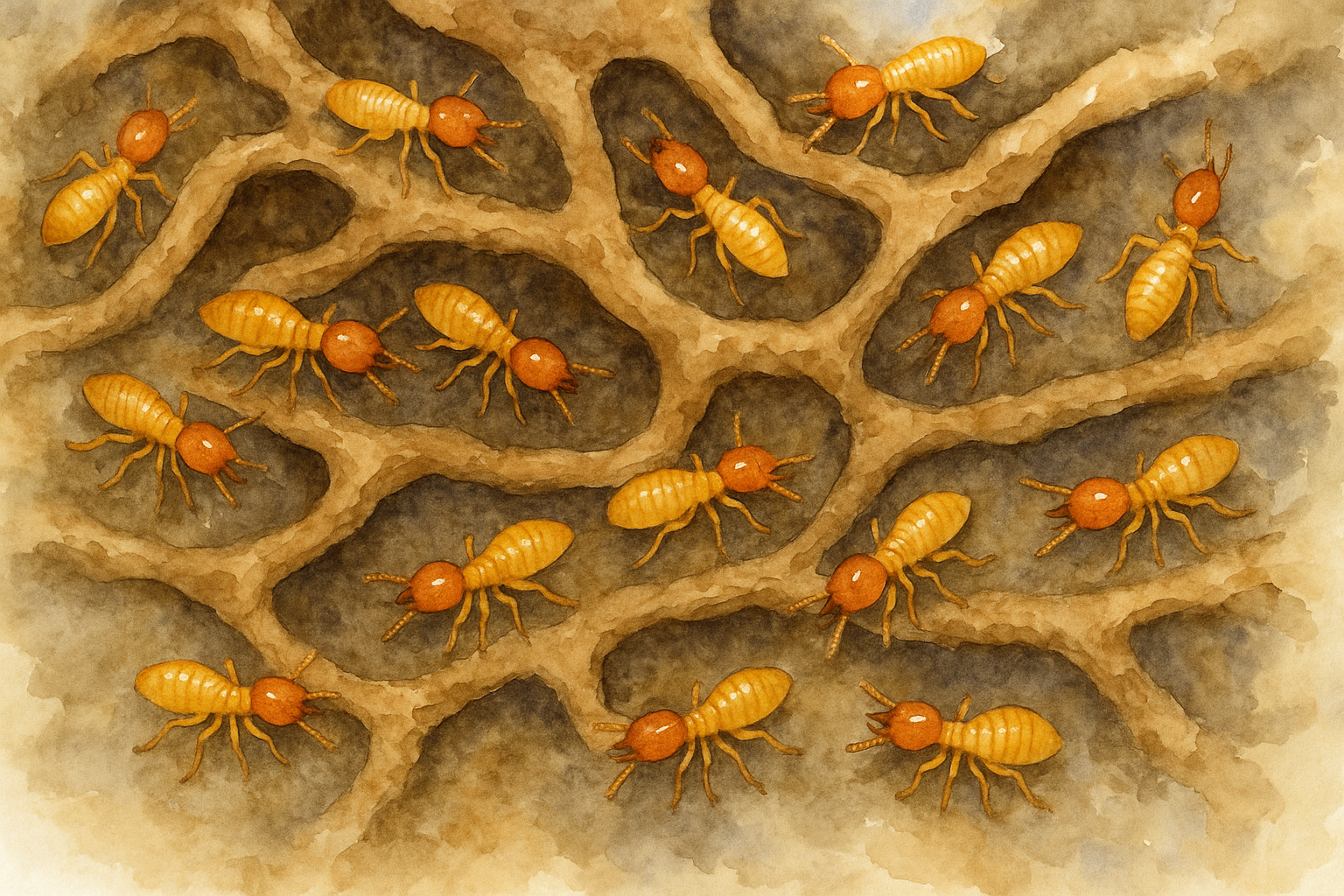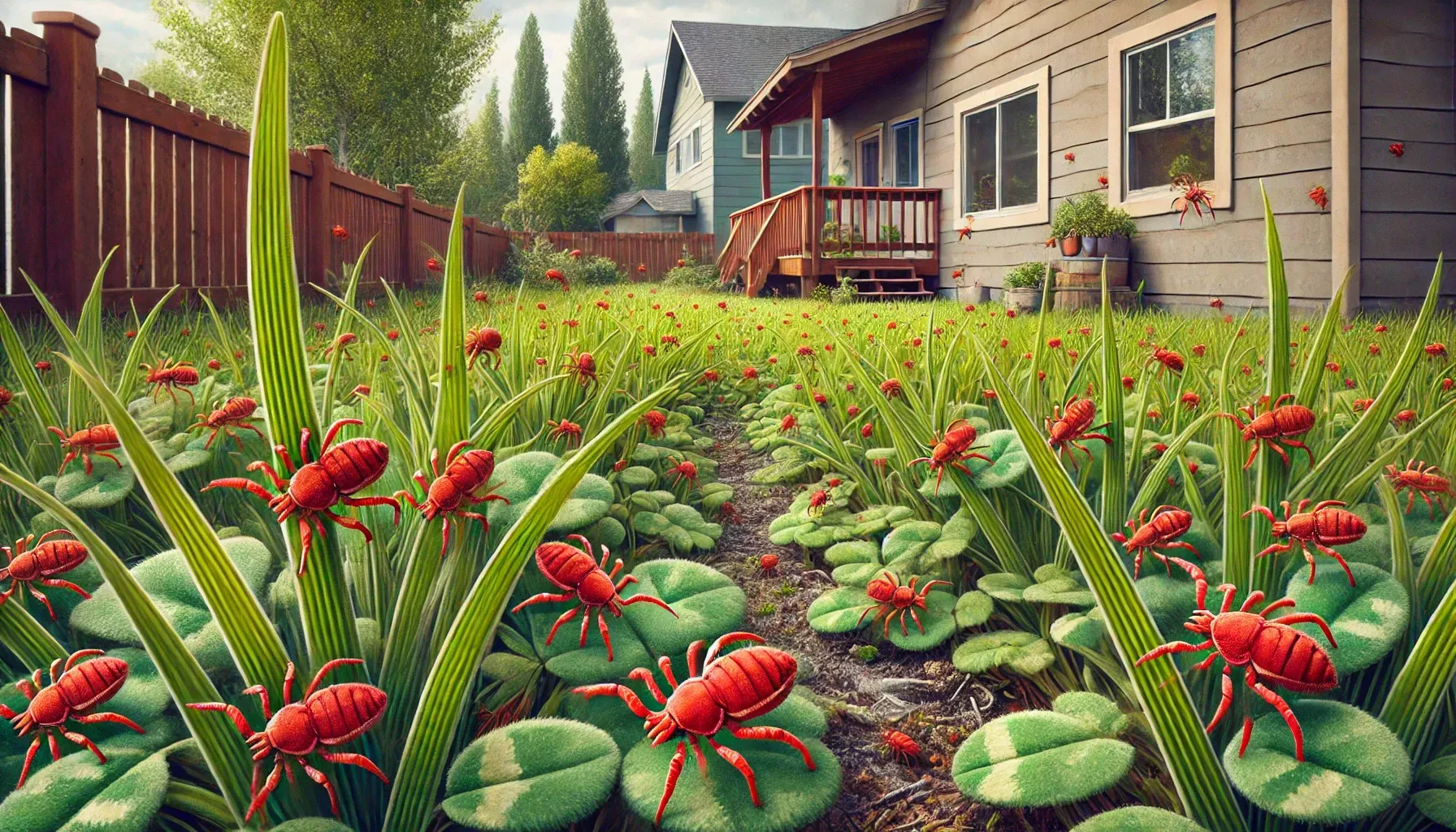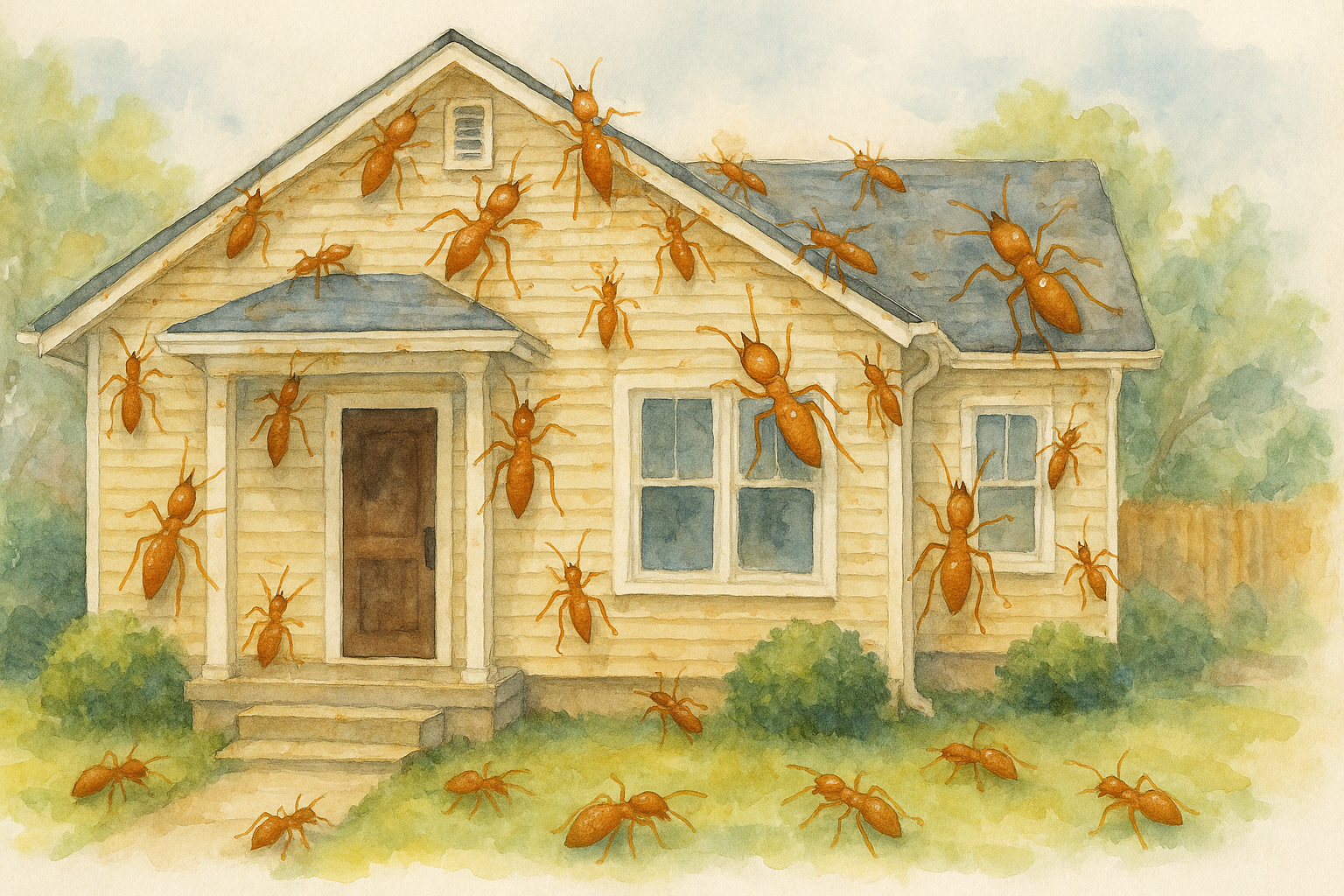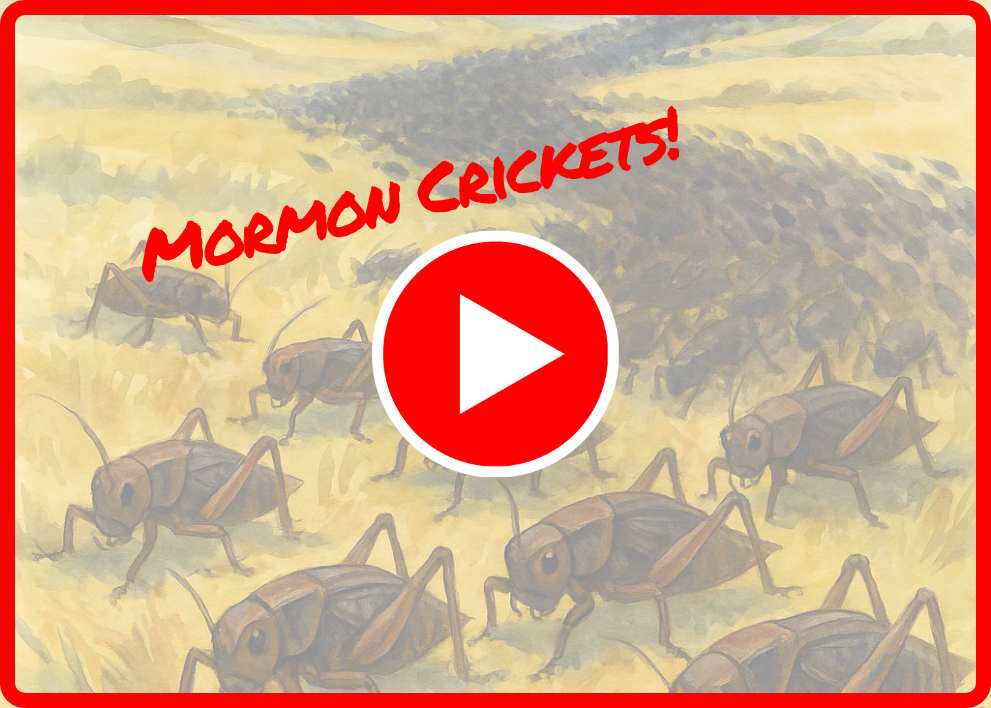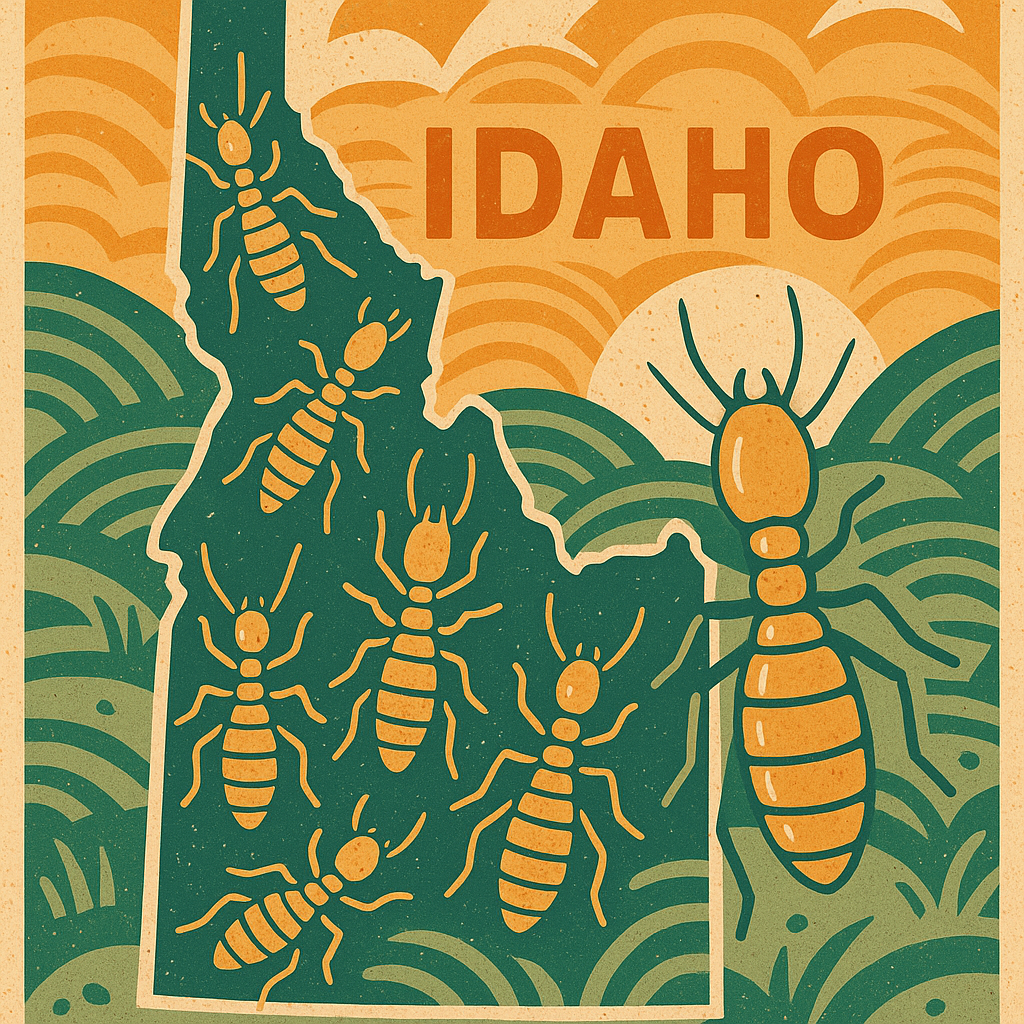When most people in Idaho hear the phrase “deadly animal,” they think of rattlesnakes on a hot trail, a mountain lion lurking in the foothills, or even a bear deep in the woods. But the numbers tell a different story—and it’s far closer to home than you might imagine.
According to CDC data, between 2018 and 2023 there were 1,604 animal-related deaths nationwide, an average of 267 per year. What’s alarming is that this number is steadily climbing—up 38% in just five years.
And the top culprit? Not snakes. Not cougars. Not even bears.
It’s the buzzing stingers in your own backyard: hornets, wasps, and bees.
Stinging Insects: America’s #1 Killer
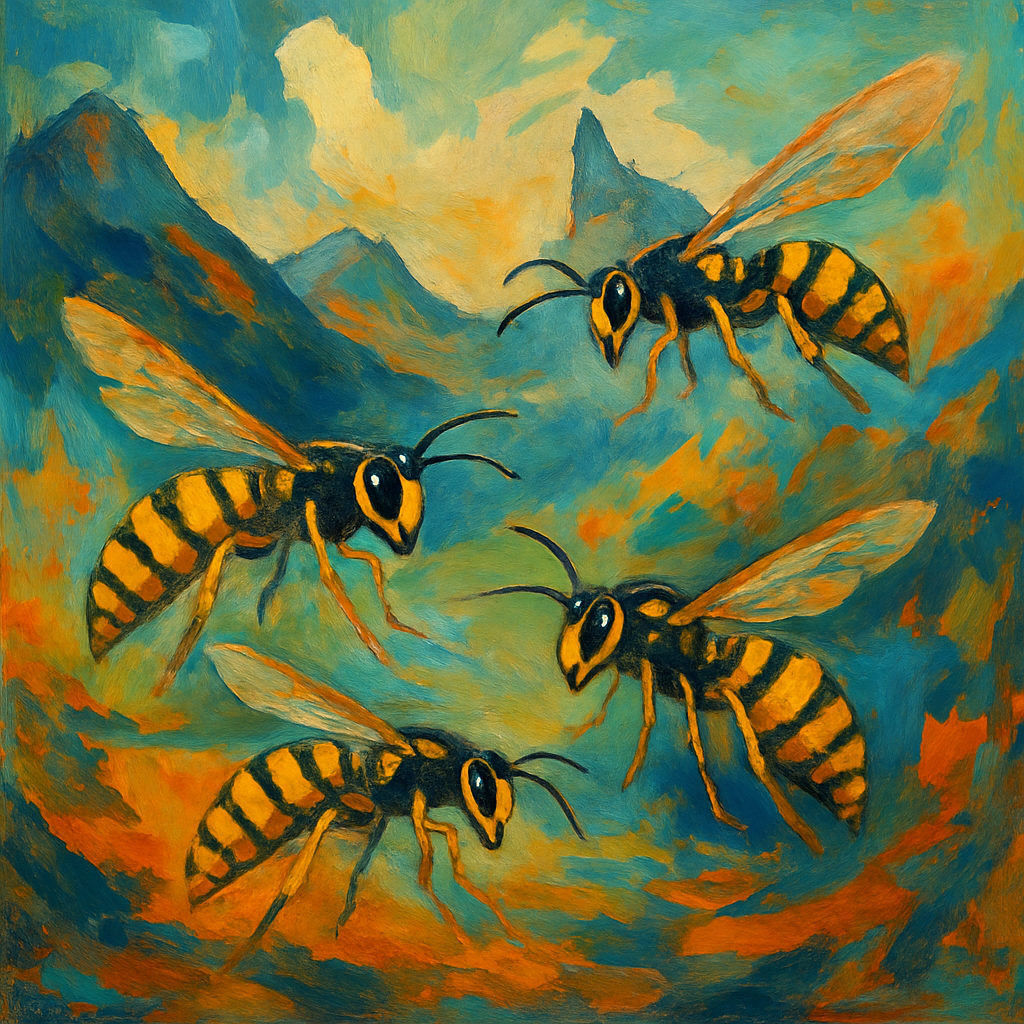
Stinging insects account for 31% of all fatal encounters, killing nearly 500 people in just five years. That’s more than snakes, spiders, and dogs combined.
Here in the Treasure Valley, yellowjackets, paper wasps, and aggressive hornets thrive in the summer heat. For those who are allergic—or who get swarmed near a nest—these encounters can turn deadly in minutes. Even without allergies, multiple stings can lead to dangerous reactions, especially for children and older adults.
At Bigfoot Pest Control, we see firsthand how quickly a wasp nest under the eaves or a hornet colony in the ground can get out of hand. That’s why regular treatments and nest removal are critical during Boise’s hot months.
Other Dangerous Animals in the U.S.
While stinging insects lead the list, the CDC data also shows other surprising sources of fatal encounters:
Other mammals (horses, cattle, etc.) – 458 deaths over five years. While rare in suburban Idaho, livestock-related injuries are more common in rural areas.
Dogs – 420 deaths, with a significant increase since the COVID-19 pandemic due to higher adoption rates and more time at home.
Venomous snakes – Just 30 deaths nationwide in this period, far fewer than people expect.
Spiders – 26 deaths. Yes, black widows and brown recluses can be dangerous, but fatalities are still extremely uncommon.
Climate Change & The Rise of Encounters
Researchers suggest climate change plays a role in shifting animal behavior. Longer, hotter summers mean stinging insects stay active for extended periods. Warmer winters allow more colonies to survive until spring. Not surprisingly, southern states like Texas, Florida, and Georgia accounted for nearly half of all animal-related deaths, but Idaho isn’t immune—our warm summers create the perfect breeding ground for wasps and hornets.
What This Means for Idaho Homeowners
Here in Boise, Meridian, and across the Treasure Valley, residents should take stinging insects seriously. While snakes and spiders get the headlines, wasps in your backyard pose a much bigger threat.
Tips to Protect Your Family:
Inspect regularly – Look under decks, eaves, sheds, and playsets for nests.
Don’t DIY dangerous nests – Spraying a wasp nest during the day can provoke an aggressive swarm.
Schedule preventive treatments – Professional pest control keeps colonies from getting established in the first place.
Have a plan for allergies – If someone in your family has a sting allergy, keep an epinephrine auto-injector nearby and know emergency procedures.
Your chances of being killed by an animal in the U.S. are low—less than 1 in a million per year. But when fatalities happen, stinging insects are the leading cause. That makes them not only a nuisance but a real health risk.
At Bigfoot Pest Control, our recurring pest control services in Boise, Meridian, Nampa, and the surrounding area are designed to keep these hidden killers under control so your family can enjoy the outdoors without worry.
Contact Today For $100 Off Your Initial Service!
⭐⭐⭐⭐⭐
Backed by our Bigfoot Guarantee!
What Customers Are Saying:
"Everyone from Bigfoot is awesome. They are always on time. They're extremely thorough. I've not had a single issue in the two years they have been treating our home. Well worth it!"
T. Potter | Meridian, ID
